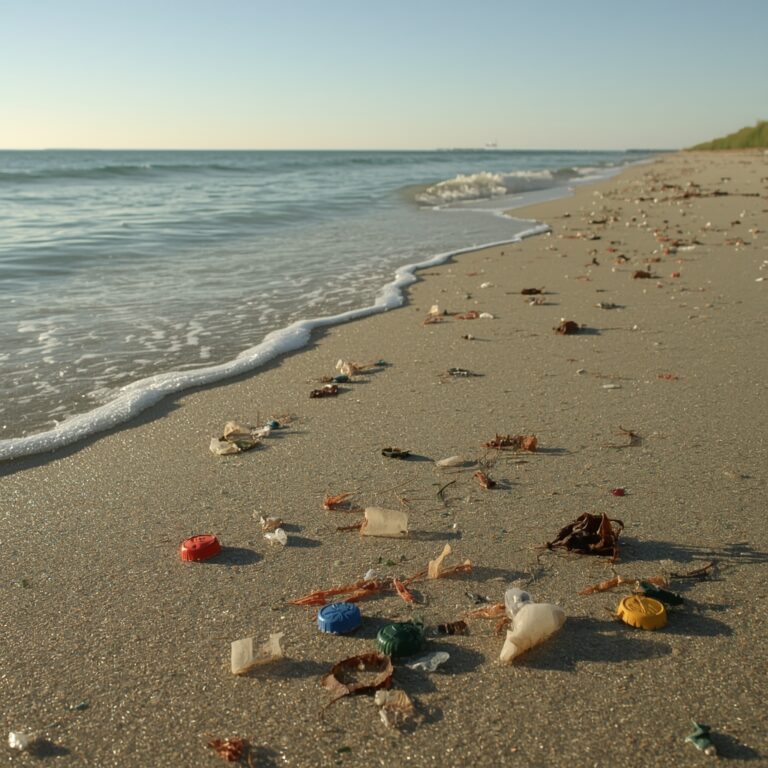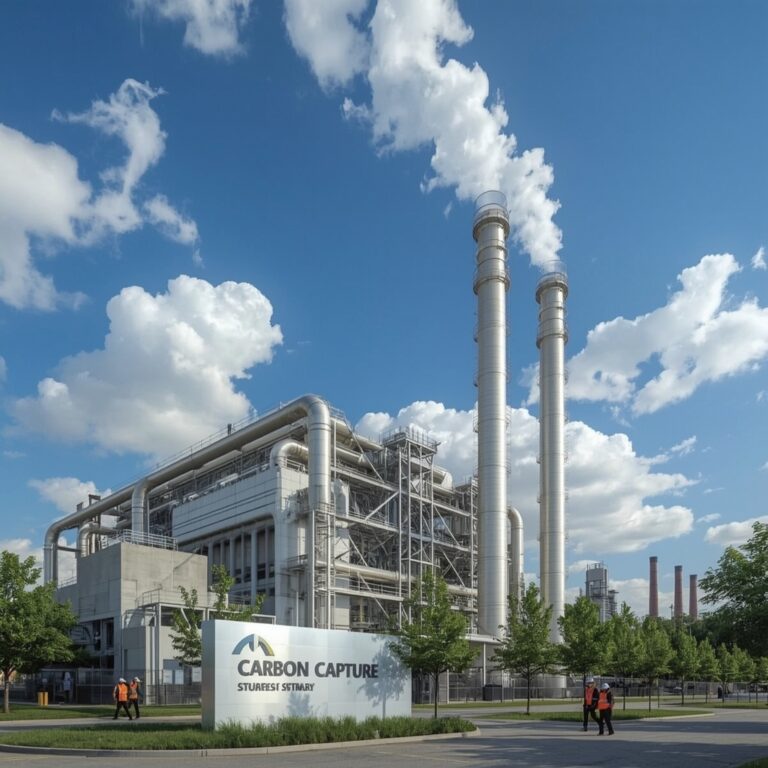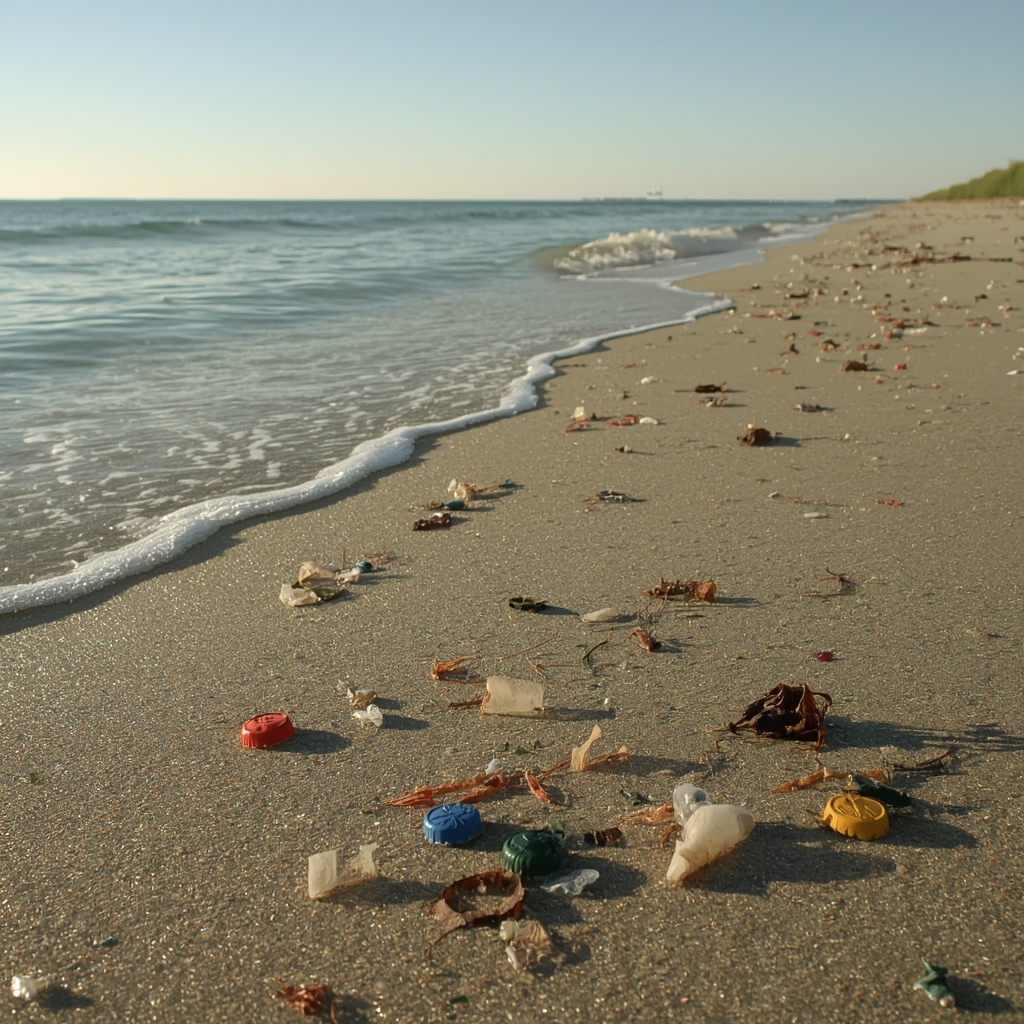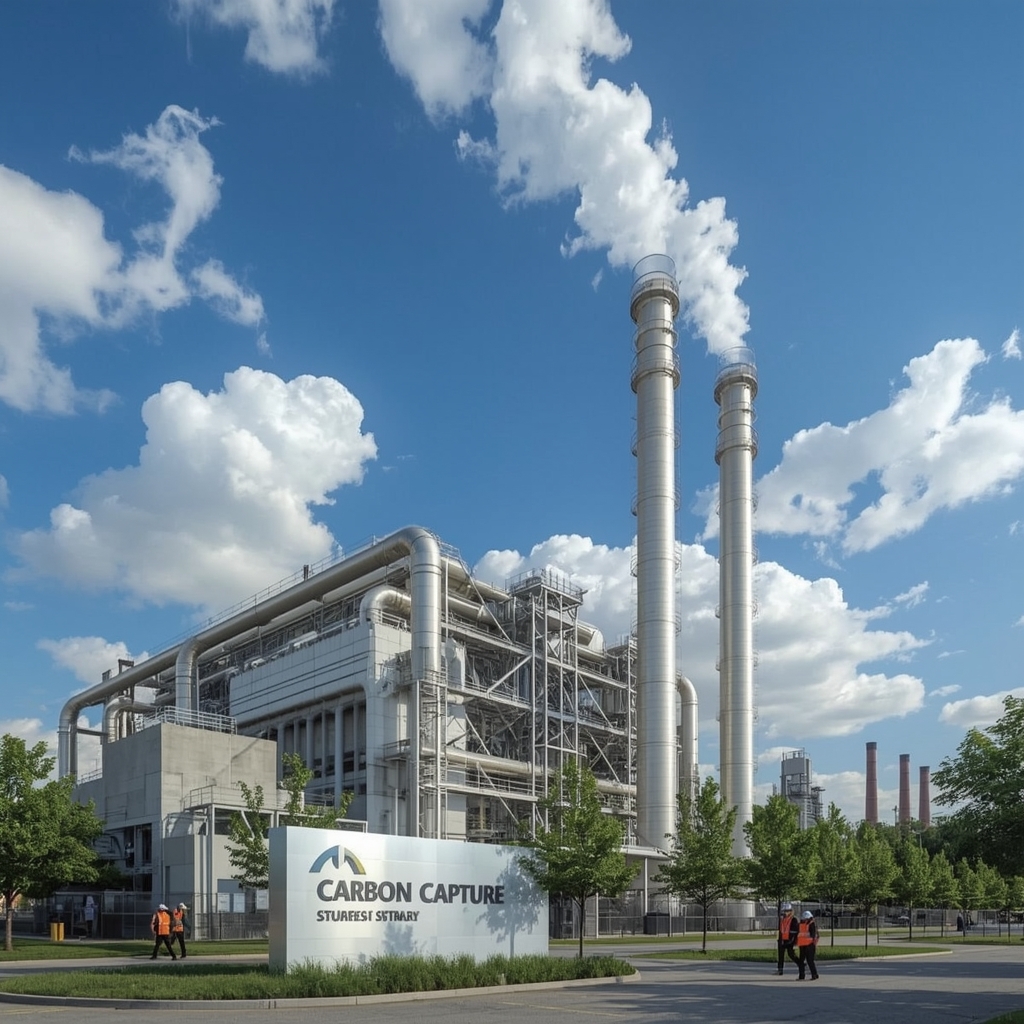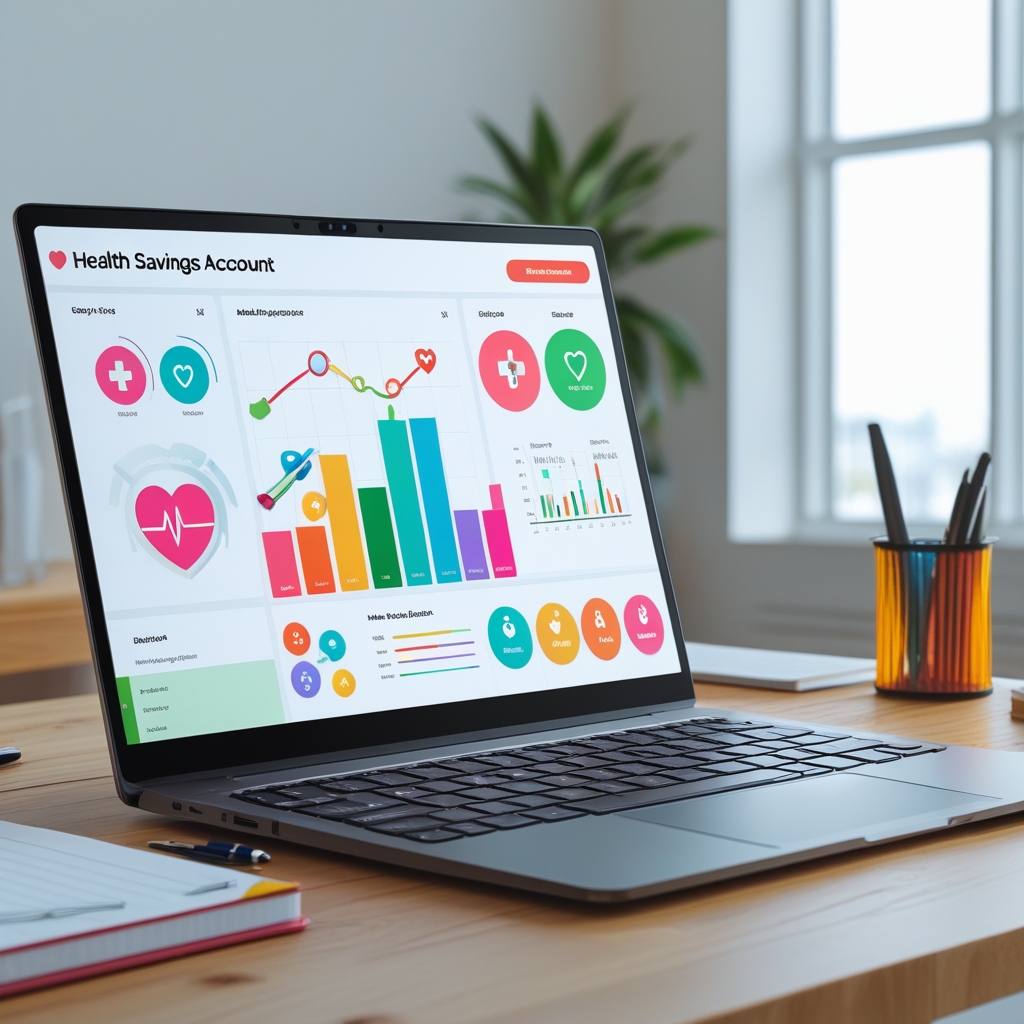How to Start an Environmental Awareness Campaign in USA – Step-by-Step Guide
How to start an environmental awareness campaign in USA begins with passion, purpose, and a clear plan. From climate change to plastic pollution, environmental issues affect every community across the nation. Launching a campaign is one of the most powerful ways to educate, inspire, and mobilize people to take action. The good news is that anyone—whether a student, activist, or community leader—can start one. By building awareness and encouraging sustainable habits, you can help protect the planet while making a lasting difference in your local area and beyond.
Why Environmental Awareness Campaigns Matter
Environmental challenges like air pollution, deforestation, and climate change are complex, but awareness is the first step toward solutions. Campaigns in the U.S. help people connect their daily actions—like energy use, transportation choices, and waste habits—to larger environmental impacts.
When communities are informed, they’re more likely to recycle, conserve water, support clean energy, and push for policies that protect natural resources. In short, campaigns turn knowledge into action.
Defining Your Campaign Goals
Every impactful campaign starts with clear objectives. Do you want to reduce plastic use in schools, promote renewable energy adoption, or encourage sustainable farming in your community? Setting measurable goals makes it easier to track progress and keep people motivated.
For example, instead of just “promoting recycling,” aim for “increasing recycling participation in our neighborhood by 25% within six months.” Specific goals give your campaign focus and credibility.
Identifying Your Target Audience
Not every campaign speaks to everyone. A strong campaign tailors its message to a specific group. College students, local businesses, families, or policymakers may all need different approaches.
If you’re raising awareness about renewable energy, you might target homeowners and landlords. If you’re promoting sustainable transportation, focusing on commuters could be more effective. Knowing your audience ensures your campaign resonates with the right people.
Crafting Your Core Message
The heart of any awareness campaign is a powerful message. Keep it clear, relatable, and action-oriented. Instead of overwhelming people with statistics, focus on real-life benefits.
For instance, instead of saying “plastic harms marine ecosystems,” you could say “using reusable bottles keeps our oceans clean and safe for marine life.” Messages that connect emotionally and offer simple actions are far more likely to stick.
Building a Strong Team and Partnerships
Successful campaigns rarely happen alone. Recruit volunteers who share your passion and bring diverse skills—such as graphic design, social media, public speaking, or event organizing.
Partnering with schools, nonprofits, and local businesses can amplify your reach. For example, a restaurant could support your anti-plastic campaign by offering discounts to customers who bring reusable containers.
Choosing the Right Platforms for Outreach
Your message will spread further when you choose the right platforms. Social media platforms like Instagram, TikTok, and Facebook are excellent for reaching younger audiences, while local newspapers, radio stations, and community newsletters work better for older groups.
You can also host in-person events—such as clean-up drives, tree-planting activities, or workshops—to create direct community engagement.
Leveraging Digital Tools for Awareness
Digital tools make campaigns more effective and measurable. Free design platforms like Canva can help create engaging posters, while scheduling tools like Buffer keep social media posts consistent.
You can also use email campaigns to provide regular updates and invite supporters to events. Tracking analytics helps you understand what’s working and where adjustments are needed.
Organizing Events and Activities
Events give your campaign visibility and bring people together around a shared cause. Activities like beach clean-ups, sustainability fairs, or school awareness programs provide hands-on experiences that inspire long-term change.
Events also create media opportunities, giving your campaign free coverage that extends your message even further.
Measuring Success and Impact
A campaign isn’t just about spreading a message—it’s about making a measurable difference. Track your results against the goals you set at the start. Did recycling rates increase? Did your petition gather enough signatures? Did more people sign up for eco-friendly programs?
Regular updates on progress keep participants motivated and demonstrate that their efforts matter.
Keeping the Momentum Going
Campaigns don’t end with a single event or milestone. Sustainability means maintaining momentum. Keep your audience engaged by sharing success stories, celebrating small wins, and continuing education efforts.
Encourage ongoing community involvement by setting new goals, building on past achievements, and adapting to evolving environmental challenges.
Final Thoughts
Learning how to start an environmental awareness campaign in USA is about blending passion with strategy. By defining your goals, identifying your audience, crafting a compelling message, and leveraging community partnerships, you can create real impact.
Every campaign, big or small, has the power to inspire change. With the right approach, your efforts can spark action not just in your community, but across the country. And in today’s world, raising awareness isn’t just valuable—it’s necessary for building a cleaner, healthier, and more sustainable future.

